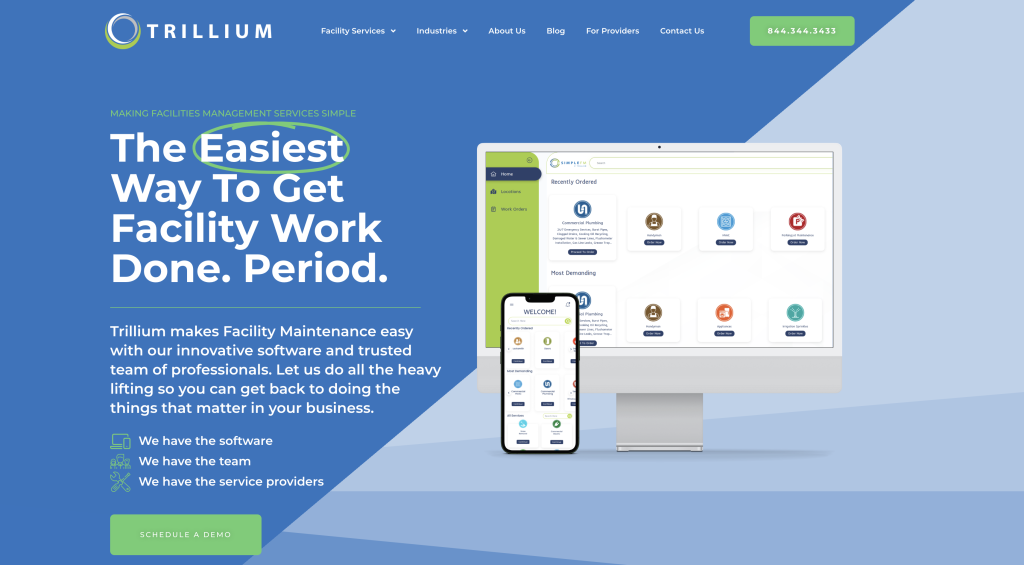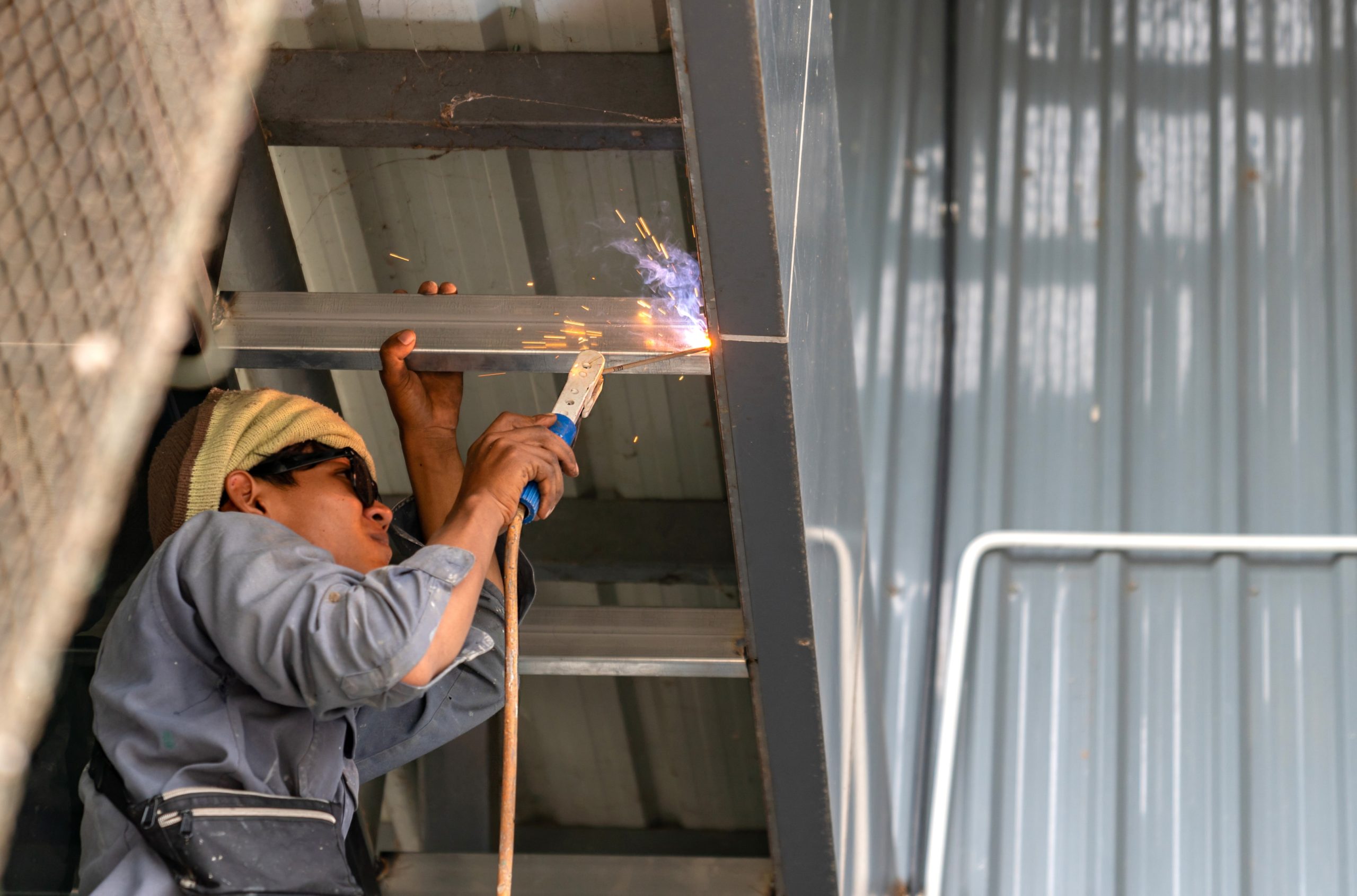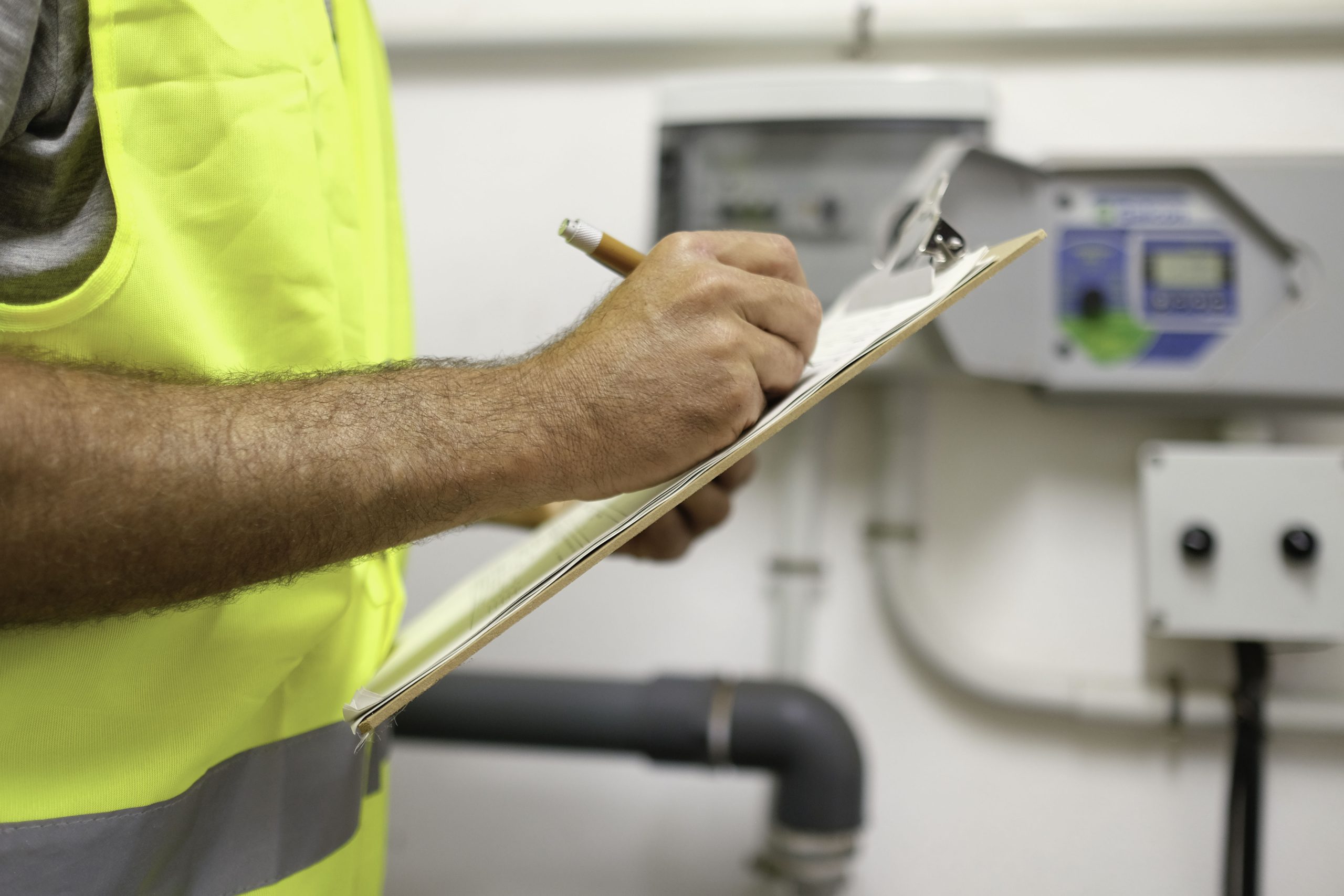Facility issues don’t wait for the right time to show up. One day, it’s a jammed conveyor. Next, it’s an AC unit that shuts down in the middle of a production. When you’re responsible for keeping everything working, you can’t afford to be reactive all the time.
Industrial facility maintenance keeps you in control. It keeps equipment working and gives your team a concrete maintenance plan.
This guide teaches you how to build an effective maintenance program. You’ll get a clear look at what to focus on, who should be involved, and how to keep your systems running without burning out your team.
What Is Industrial Facility Maintenance?
Industrial facility maintenance keeps industrial equipment, building systems, and safety protocols in check so your operation doesn’t stall.
You’re not just tightening bolts or replacing filters. You’re holding the line against equipment failure, costly repairs, and unexpected shutdowns. That means conducting routine inspections and preventive maintenance.
It includes tasks like:
- Fixing issues on the floor while handling incoming maintenance requests
- Coordinating emergency repairs when an electrical system cuts out mid-shift
- Testing fire safety systems and double-checking that exits aren’t blocked
- Logging updates in a spreadsheet that should’ve been replaced with facility management software years ago
- Explaining why maintenance personnel can’t be cut from the budget
This is the kind of work that goes unnoticed until something goes wrong. Without solid maintenance operations, your facility doesn’t stay safe, productive, or compliant.
Who’s Doing the Work? Meet the Maintenance Crew
Running an industrial facility takes more than patched pipes and last-minute fixes. It takes a team that shows up, gets their hands dirty, and handles maintenance tasks that most people forget.
Your maintenance crew should include:
Facility Managers
Facility managers carry the weight of the entire operation. They balance budgets, manage facility maintenance programs, and keep maintenance schedules from falling apart. They also make sure safety procedures are implemented.
Maintenance Technicians
These are the folks doing the hands-on work. Whether it’s HVAC maintenance, fixing electrical systems, or staying on top of routine inspections, they’re the ones keeping breakdowns from turning into disasters. They also handle urgent emergency repairs.
Supervisors and Planners
Without someone organizing the chaos, work piles up. Supervisors assign maintenance activities, coordinate facility maintenance workers, and make sure jobs don’t get skipped. Planners manage supplies, vendor coordination, and keep everything on schedule.
Maintenance Engineers
Engineers help improve equipment performance, reduce energy consumption, and often implement predictive maintenance strategies when there’s room in the budget. They also help shape policies that support better operational efficiency.
Whether you’re fixing leaks or building out a full facility maintenance program, none of it runs without people who know the building inside out. The job’s nonstop, and it only works when maintenance teams communicate, prioritize, and handle equipment failure.
What Does Industrial Facility Maintenance Cover?
Facility maintenance professionals handle tasks other than overseeing repairs. Between routine inspections and preventive maintenance schedules, the workload adds up fast.
Common Maintenance Activities
Every facility has its repeat offenders. These are the tasks that show up week after week, whether they’re planned or not:
- Routine maintenance on building systems like lighting, plumbing, and HVAC
- Checking and fixing electrical systems before someone gets shocked or something sparks
- Testing fire safety systems and replacing expired safety equipment
- Cleaning units to support indoor air quality
- Repairing production equipment before it drags down operational efficiency
- Logging maintenance tasks into facility management software
- Managing corrective maintenance when parts finally give out
- Tackling emergency repairs that show up with zero warning
There’s also daily maintenance management. This includes figuring out which jobs can wait, which can’t, and how to keep the team from burning out.
This kind of work minimizes downtime, improves equipment reliability, and makes sure you’re not constantly dealing with safety risks.
Which Maintenance Strategy Should You Use?
Most facility management programs blend these strategies to keep things moving without overcomplicating the job:
Preventive Maintenance
This one’s the foundation of effective facility maintenance. You’re regularly inspecting systems, cleaning components, and replacing worn parts before they fail. It’s the go-to for reducing potential hazards, supporting worker safety, and avoiding unnecessary repairs on manufacturing equipment and office equipment.
Predictive Maintenance
With the right tools and training, this approach can catch problems early. Sensors and data track how assets perform over time, helping your team spot issues like increased vibration or heat before equipment shuts down. It’s great for boosting equipment reliability, especially in facilities that rely on nonstop production.
Corrective and Reactive Maintenance
Corrective maintenance steps in when a component’s performance drops, but it hasn’t failed yet. Reactive maintenance is what happens when you’re fixing equipment after it dies. While not ideal, both are necessary for any team handling commercial properties or aging industrial equipment.
Periodic and Scheduled Maintenance
This method keeps things simple. You follow a calendar or usage-based schedule, maybe monthly, maybe every 1,000 hours. It works well in property maintenance for residential buildings or commercial buildings, where automation isn’t always available.
Reliability-Centered Maintenance
Reliability-Centered Maintenance (RCM) looks at each asset one by one. If something impacts safety standards, production, or costs, it gets a custom maintenance plan.
If not, maybe it’s just monitored during regular checks. This strategy requires more planning, but it helps focus attention, especially in facilities trying to improve maintenance workflows and reduce waste.
If You’re Not Tracking It, You’re Winging It
Having a facility management program is one thing. Keeping it on track is a different story.
Trying to run maintenance workflows off of email chains, whiteboards, or outdated spreadsheets makes it easy for things to fall through the cracks. Missed timely maintenance can lead to bigger problems, from equipment failure to safety standards violations.
What Solid Tracking Looks Like
You need visibility across your maintenance tasks, especially in large commercial properties.
A decent system should show:
- What’s due, what’s done, and what’s late
- Work tied to specific assets such as HVAC units, lifts, lighting, etc.
- Assigned roles, photos, and task notes
- Open issues that could turn into potential hazards
- History for audits, compliance, or budget planning
Modern maintenance software or facility management software makes that part easier. It centralizes updates, keeps facility maintenance workers aligned, and cuts down on tasks that eat up your time.
What Slows Maintenance Down
Even with the best intentions, maintenance doesn’t always go to plan. But ignoring these challenges that slow you down only makes it harder to do the job right.
Staffing Shortages
Finding reliable techs is tough. Keeping them long-term is even harder. You’re asking people to do physical and detailed work that’s often underappreciated.
Make sure your team isn’t buried in busywork. When you cut down on manual tracking and handoffs, people can focus on actual repairs. Keep your facility maintenance workers looped in with simple systems, not complicated software no one wants to use.
Aging Equipment
Older machines break down more often. Replacement parts are harder to get. You can’t always rip and replace, especially when the budget’s tight.
Stay consistent with preventive maintenance. It’s not exciting, but regularly inspecting your industrial equipment keeps it going longer and avoids the weekend calls you could’ve dodged.
Budget Pressure
Everyone wants results. No one wants to pay for them. Maintenance often gets sliced first, even though ignoring it drives up costs later.
Track what you’re already doing. When you can show what repairs cost, how often issues repeat, and what timely maintenance avoids, it’s easier to make the case for the budget you need.
Poor Communication
One missed update can delay an entire repair. When priorities change but no one says anything, nothing gets done at all.
Keep maintenance workflows visible. Use a system that lets your team track status, share updates, and flag issues without delays. The less confusion, the faster you move.
Get Reliable Maintenance Support From Trillium

Solid maintenance doesn’t happen by accident. It comes from having the right people, a plan that fits your facility, and a system that keeps everything organized. Trillium makes that possible.
Submit work orders by phone, email, or their mobile app and get matched with a qualified provider from their network of over 6,000 trusted service partners.
Trillium handles the scheduling, dispatch, and communication. You stay focused on maintaining equipment, managing your team, and avoiding delays. Whether it’s HVAC repairs, electrical issues, or routine building maintenance, every step is tracked in one place.
Their platform supports preventative maintenance, regular inspections, and fast response times. It helps reduce unexpected equipment failures and supports consistent maintenance processes across your facility.
You will never deal with long-term contracts, hidden fees, or minimum service requirements. You only pay for what you use.
FAQs About Industrial Facility Maintenance
What is industrial maintenance?
Industrial maintenance refers to the upkeep, servicing, and repair of mechanical systems, production lines, and infrastructure in an industrial setting. This includes maintaining equipment like motors, compressors, conveyor belts, and other systems that keep a facility running.
What does facility maintenance include?
Facility maintenance plays a large role in both daily operations and long-term asset management. It includes everything from regular inspections and preventative maintenance to handling repairs on HVAC systems, lighting, electrical panels, and plumbing.
In larger commercial sites or within industrial facility management, the work often involves coordinating multiple teams, vendors, and schedules to keep operations moving.
What are the four types of maintenance?
The four types of maintenance are:
- Preventive: Scheduled maintenance to avoid problems
- Predictive: Data-based alerts triggered by performance changes
- Condition-based: Action based on visible or measured conditions
- Reactive: Fixing issues after something breaks
Effective maintenance processes include a mix of these approaches, depending on the system, its role in daily operations, and how long it has been in service.









